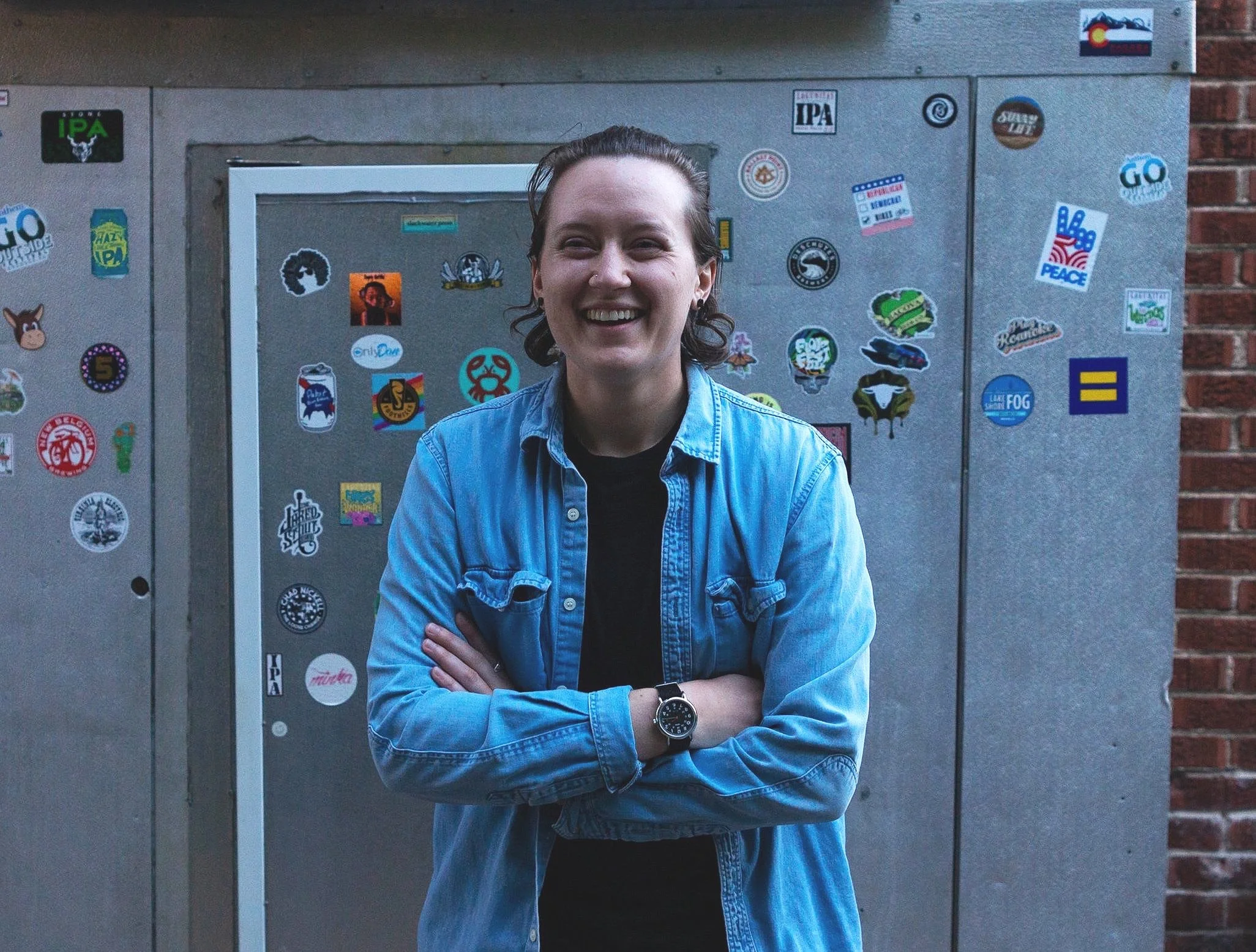Words and Photos by Christina Egerstrom
Stray dogs ruffling through trash bags are a common sight along the streets of greater Buenos Aires. In the semi-urban neighbourhoods, you can spot dogs of every size and colour roaming around, exploring each street in search of something to eat.
Some of the dogs on the street are in good shape. They often stay around the same neighbourhoods and have found houses where they are fed regularly. However, this becomes a challenge when the dogs become sick or injured, as there is not a particular person or family who can take responsibility for them.
Photo by Christina Egerstrom
Paying for veterinary interventions can be costly, and most people don’t have an extra source of income to do so. This means that dogs with severe injuries and diseases are often just left on the street to die in agony.
The stray dog problem in greater Buenos Aires is massive. It is estimated that there are six million dogs roaming the streets of the municipalities of Buenos Aires. This is more street dogs than the entire population of Norway. The scale of the issue makes it a very complicated problem to tackle, especially when the government, with all its resources, seems uninterested in the fate of street animals. It’s up to private individuals, who dedicate their time, money and space to alleviate the suffering of abandoned animals. Proyecto 4 Patas (P4P) has been one of them.
P4P is a volunteer run NGO that rescues dogs in critical conditions. P4P receives alerts about dogs in need every day, but the amount of animals in need largely outnumbers the limited space at the P4P shelter, which can hold 60 dogs comfortably. This means that P4P can only focus on the most extreme cases, where death caused by injury or disease is imminent.
Photo by Christina Egerstrom
Many of the rescued dogs at the P4P shelter are missing limbs, some are paralysed, others don’t have hair and a few had half of their faces eaten off by maggots. “Out of 20 dogs here, one is whole,” observed Lucas, a vet hired by P4P, as he examined the dogs at the shelter needing sterilization.
After surviving horrific injuries and infections (some of the dogs have even survived being hit by a train), P4P ensures that dogs get a second chance to experience a life of love, affection, and care.
Photo by Christina Egerstrom
P4P is taking the lead in supporting at-risk dogs. Their services go beyond rescue, rehabilitation, and adoption. P4P also supports local people who rescue animals by providing food and helping them cover veterinary costs. “We have the resources (money and food) but we can’t take care of all the animals. We don’t have the space,” explained Luciano, one of P4Ps founders.
Helping others cover the costs of caring for a rescued animal helps get more dogs off the street, especially in poorer neighborhoods where people who want to help are often unable due to economic precarity.
Though it is rewarding to see dogs on the brink of death bounce back to life, the most important long-term solution that P4P invests time and money in is neutering.
Photo by Christina Egerstrom
Neutering - the removal of an animal’s reproductive organs - prevents future suffering. Neutering one hundred dogs prevent up to 600 new puppies from living a life on the streets. Neutering also prevents the suffering of females who, every time they are in heat, must endure being chased for days by packs of male dogs until they are too exhausted to resist and are impregnated. If left unspayed, females must endure this, again and again, every six months until they die of exhaustion, malnutrition, disease or injury.
It is estimated that ten percent of the street dog population of the greater Buenos Aires area must be neutered per year in order to control the population. With a population of six million, this would mean that the government, by law, is supposed to neuter 600,000 dogs per year. Currently, the government is not even close to meeting that target.
Photo by Christina Egerstrom
In the municipality of Merlo, where Proyecto 4 Patas is located, the local government should be neutering 20,000 dogs per year to meet the ten percent target. However, they are only neutering 5,000.
At the Merlo “Centro de Zoonosis,” the government veterinary centre, Luciano explained that their neutering interventions are quite inconsistent. “They cancel neuterings for any reason. It rains and they cancel. It’s too hot and they cancel. They are not interested in solving the problem at all,” explained Luciano, who has tried to pressure the local government to take a more active role. “Even if you don’t care about animals,” he said “having so many dogs on the street is a health issue.”
The Zoonotic Centre of Merlo is also uninterested in making it easy for people who want to do the responsible thing and neuter their pets. They refuse to take the neutering campaigns to the poorest neighborhoods where they are most needed and insist that people must take their own pets to the Zoonotic Centre.
The Zoonotic Centre of Merlo is the opposite side of town to some of the poorest neighborhoods, so the likelihood of pets being neutered decreases radically. People from these neighborhoods do not have the means or time to transport their pets.
Gladys is a P4P volunteer responsible for the clinical needs of the dogs. She explains that fleas and ticks can easily transmit blood parasites, leading to fatal diseases. So rather than controlling populations by having animals neutered, the numbers go down due to disease.
Photo by Christina Egerstrom
To fill the void created by the government inefficiency and lack of interest, P4P hosts free mass neutering campaigns in low-income neighborhoods once a month. In each of these campaigns, with a team of vets that P4P pays 700 pesos ($11) per neutering, they are able to neuter up to a hundred dogs in one day. In 2019, P4P neutered around 2,200 dogs.
But this is still not enough. Even if P4P had the resources to neuter 100 dogs every day, they would still only have neutered 36,500 dogs in a year - a mere six percent of the estimated target of 600,000. Only the government has the resources to fix on a large-scale. Lucas, the veterinarian doing the neuterings in P4Ps campaigns, said, “there are areas where there have been great neutering campaigns but they were gone from one day to the next. They are not constant through time.”
Without government involvement, all that organizations like P4P can do is alleviate the pain and suffering of the dogs it has the resources to help. With every dog that they’re able to help, they remove some of the greater suffering experienced by stray dogs. For Caro and all of the P4P team, it is better to do something than nothing at all.
As Caro said, “instead of sitting down to watch television and staying in your comfort zone, help someone, whether they be human or non-human. Do something to improve your surroundings.”
Photo by Christina Egerstrom
For a dog on the street doing what they can to survive, one person who cares enough to help can mean the difference between life and death.
Visit Proyecto 4 Patas’ website to learn how you can support their veterinary services or learn more about volunteer opportunities.



















